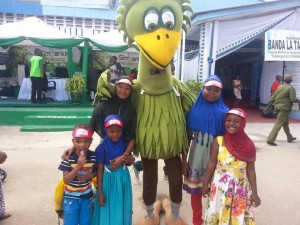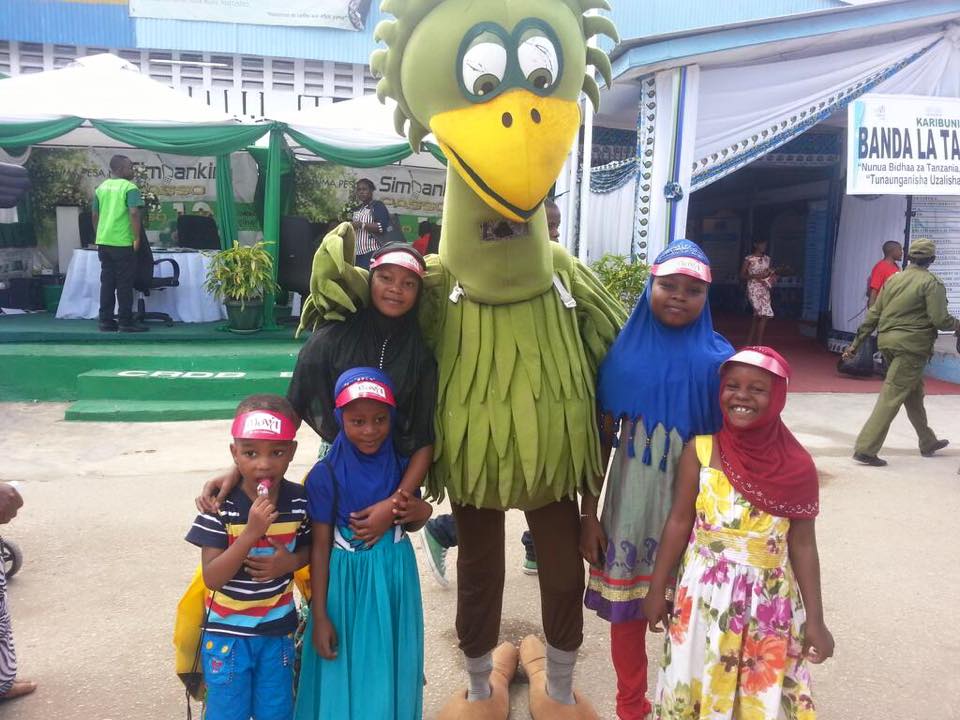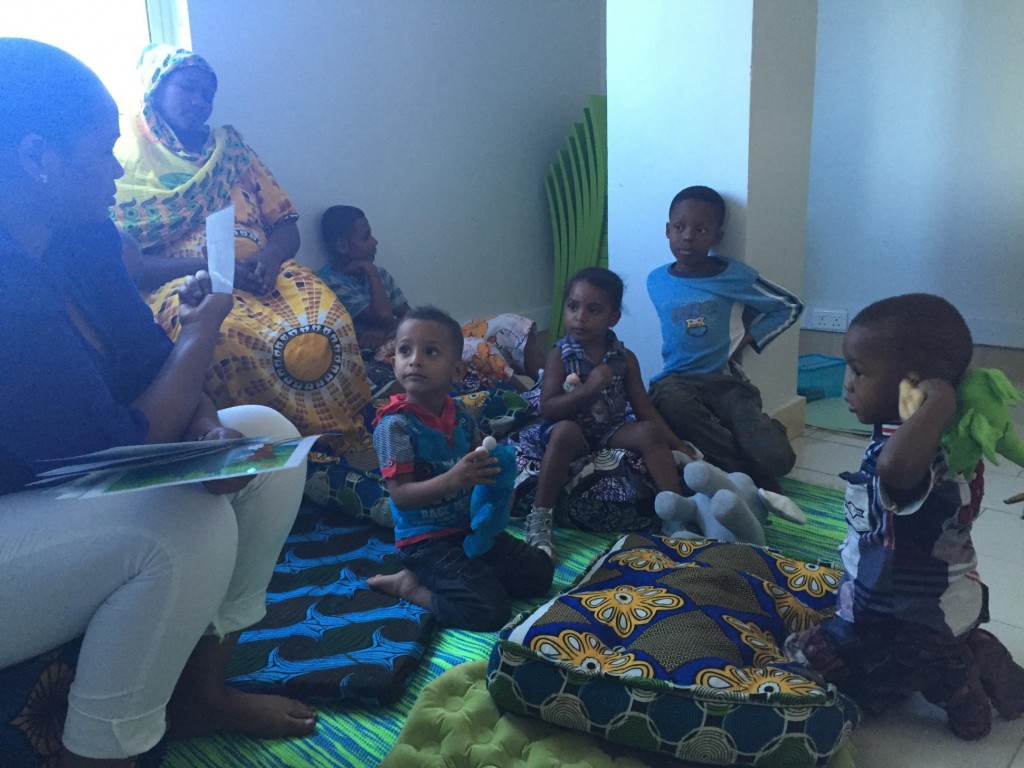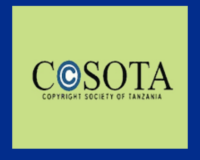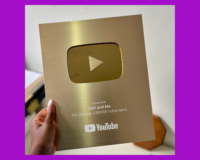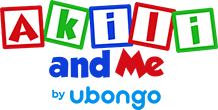Educating Kids Across Africa Through A Local Cartoon Show
Doreen Kessy will enthusiastically tell you about her less than ideal experience watching TV while growing up in Tanzania. “I never saw characters who looked like me, and the shows were from a world totally different than mine.” The stations were filled with Western shows although she was growing up in East Africa.
Today, Kessy is COO of Ubongo, a social enterprise focused on providing educational content in the form of a cartoon show. Notably, the content is “localized” to Africa. Tanzanian animators and voice actors produce the show, so that viewers can relate to the characters and scenes. In fact, the group has attributed its success to being “made in Africa for Africa.”
Ubongo started early last year with a television show focused on teaching math through animated stories and catchy songs in Dar es Salaam, Tanzania. The organization estimates that the show is watched in one of four households with televisions in Tanzania. Across Tanzania, Kenya and Rwanda, the show has 1.2 million weekly viewers. Ubongo is now working on a second show to teach early language and literacy for 3 to 6 year olds in Africa.
How much can a television show change education in Africa? “The Ubongo team knows that the show alone won’t solve Tanzania’s education crisis,” Stacey Wong stressed to us. “But the show can teach fundamental concepts and inspire an enthusiasm for learning. That can support the work teachers do everyday.” Teachers and schools have asked Ubongo to bring the show to their classrooms. Wong is a recent Stanford University graduate who is working for the organization this summer.
We questioned three members of the Ubongo Kids team: co-founder and CEO Nisha Ligon, Doreen Kessy, and Stacey Wong to learn more.
Thomas Ehrlich, Ernestine Fu: Can you walk us through how an episode of Ubongo Kids is created?
Nisha Ligon, Doreen Kessy, Stacey Wong: At the beginning of each season, we bring together teachers and education experts to design the curriculum for the next 13 episodes. After selecting show topics – like division, telling time, or calculating area – the entire team brainstorms an outline for the show. We then write the script in Kiswahili and translate to English. Our animators “storyboard” what the characters should be doing on screen, and our music production team writes the melodies for the songs. We also work with kids from the community who love Ubongo Kids, friends, and others as voice actors.
After the first draft of an episode is created, we all meet and view it on a screen, to see how we can improve it. We critique all the little details like, “Do Kibena’s arms move in a natural-looking way?” “Should the mushrooms be solid or polka-dotted?” “Does the melody of the song work well once the lyrics are translated into English?”
Ehrlich, Fu: Who are the main cartoon characters of Ubongo Kids? Do you have a favorite?
Mama Ndege, the big green bird. Photo credit: Ubongo.
Ligon, Kessy, Wong: Research from shows like “Sesame Street” and “Teletubbies” shows that kids respond strongly to familiar animal characters.
Our main cartoon characters are Mama Ndege (the big green bird), Ngedere (the professorial monkey), Da Chura (the dancing frog), and Uncle T (the rapping giraffe). We also have Kibena, Kiduchu, and Baraka – three children who learn with the animals.
Mama Ndege, a big green bird with voice acting from co-founder Cleng’a Ng’atigwa, is by far the most popular character of the show. Every day around 3 pm, 15-30 neighborhood watoto (children) line up outside our office door and ask to see Ubongo Kids. “I told my Mom that I was going to learn math from Mama Ndege,” one 7-year proudly told us.
Ehrlich, Fu: How do you figure out the education component of these videos? Specifically, what education content to focus on and how to present that content effectively?
Local kids and their parents test new prototypes. Photo credit: Ubongo.
Ligon, Kessy, Wong: Research from shows like “Sesame Street” and “Teletubbies” shows that kids respond strongly to familiar animal characters.When the show first started, we held writing sessions with local primary school teachers, who gave us input on the topics we should teach and helped us set learning objectives. As the organization is growing, we’re now also conducting more structured user testing to develop our content in a more goal-oriented way.
Ehrlich, Fu: We understand viewers can interact live with the show via text messaging. How does that work?
Ligon, Kessy, Wong: We partnered with EduMe to create interactive text-message quizzes, which are delivered by Tigo, a telecom company in Tanzania. Anyone with even the most basic phone (a phone with basic calling and texting capability) can use Ubongo Mobile, answering a free question each day or buying unlimited bundles for 25 cents weekly or 75 cents monthly.
Kids can use the system anytime, anywhere to keep learning. Answering quiz questions is as simple as texting back “Yes,” “A,” or “4.” Based on the child’s response, the system sends feedback and follow up questions. It’s “gamified” so that each time they get 5 questions right, kids receive a free phone call from Mama Ndege, who congratulates them and then plays them a song! We also have a leaderboard on the TV show, which features the users who answered most questions, had best accuracy, and the best newcomer.
One of our winners was an 8-year-old boy from Mbezi Kimara, an outlying district of Dar es Salaam. After seeing his name on the leaderboard on TV, he was so eager to meet Mama Ndege in person. He took a 2-hour bus ride to our office! All of the numbers were worn off his phone keyboard, because he had texted back so many answers. He was very happy to meet Cleng’a, the voice of Mama Ndege. He called our office every day after that, asking to speak to Mama Ndege again.
Ehrlich, Fu: The show started in Tanzania and has since expanded to other countries in East Africa. How did that happen?
Ligon, Kessy, Wong: We started in Tanzania, because it’s where we’re from and there was such a great need for edutainment, but we’ve always planned on making content that can reach kids across Africa. With Ubongo Kids in Kiswahili, we launched in Tanzania on national TV. After 6 months, we partnered with Star Times (a Pan-African broadcaster) to bring Ubongo Kids Kiswahili to TV across the region, in Tanzania, Kenya, Uganda, Rwanda, and Burundi.
That’s about as far as Swahili can go, so we did a Kickstarter campaign to raise funds to translate Ubongo Kids to English. The English version is now broadcasting on large national TV stations in Rwanda and Kenya, and we’ll be launching soon in Uganda and Ghana.
Ehrlich, Fu: Where do you see the show and organization going? What are some of the other educational materials you’re looking to create?
Ligon, Kessy, Wong: Our vision is to bring interactive edutainment to countries across Africa on whatever technologies kids can access: television, mobile, Internet, radio, books and more. So we are currently developing a collection of eBooks, audio books, as well as an Android application. We’re also in development of new series for different age groups and topics.
Our dream is to inspire a love of learning across the African continent. We want to transform learning for the 450 million kids in Africa by bringing them fun new ways to learn. Ubongo aims to provide ultra-low cost edutainment, which can have a lasting impact on generations to come, and which can open the door for the future of digital learning.

